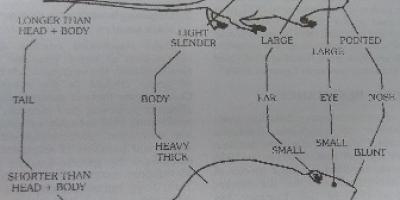Epidemiology of Acute Diarrheal Diseases
• Major killer of under 5 children, even though the toll has reduced considerably
– 10% of under-5 deaths in India
– Reduction of mortality mainly due to rehydration tech including ORS
• Under 5 children are estimated to have 3 episodes per year
– Incidence hasn’t changed much but mortality is reduced considerably
– Loss of considerable number of DALYs
• Leading cause of death during disasters and emergencies





